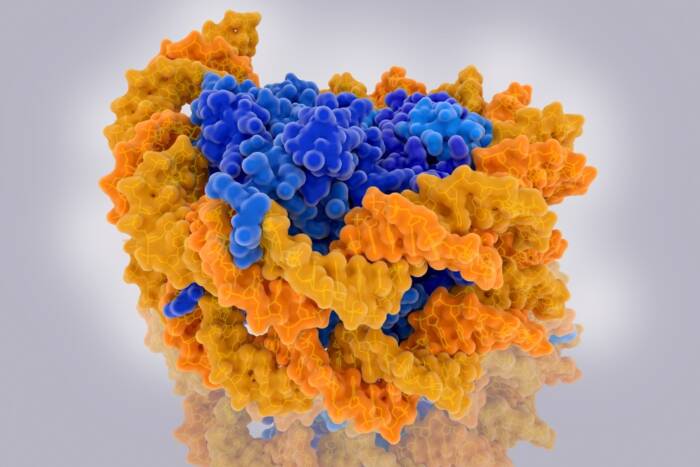Credit crisis forces Rockefeller to refinance $114 million in bonds
Nearly one-third of the university’s bond portfolio — $114.75 million that the university borrowed from investors to pay for lab renovations and infrastructure improvements — has been refinanced after disruptions in the credit market beginning in mid-February caused interest rates on the bonds to increase unexpectedly.
The bonds, known as auction-rate bonds, were issued in 2002 and 2005 and made up approximately 29 percent of the university’s bond portfolio.
Auction-rate bonds are typically sold to corporations and wealthy individuals as safe alternatives to cash; their interest rates are determined by bidding, which occurs at auctions generally held weekly or monthly. Historically, auction-rate bonds were considered an attractive financing option for Rockefeller, and for most other universities and nonprofits, because interest rates were at or below those of other variable-rate debt programs.
“Starting in mid-February, however, auction-rate bonds began to experience significant marketability issues with investors failing to show up for weekly auctions,” says James Lapple, the university’s vice president for finance. “Rockefeller’s auction-rate bonds, as well as those of most other tax-exempt issuers, failed and the interest rates on these bonds rose significantly.” The result was that the university was forced to pay around $85,000 per week in additional interest.
“The trigger for the failure of the auction-rate bond market appears to have been tied to investor concern over the viability of monoline bond insurers, companies that provided credit support to the vast majority of tax-exempt auction-rate bonds,” says Mr. Lapple. Although Rockefeller’s bonds were not insured (they are instead guaranteed by the university’s endowment), as investors became more credit sensitive and concerned about bond insurance ratings, they departed the auction-rate bond market entirely. “This left even uninsured highly rated borrowers such as Rockefeller with fewer potential investors and higher interest rates,” says Mr. Lapple.
After consulting with the Board of Trustees, as well as its investment bankers and financial advisers, the university’s administration decided to convert all of the outstanding auction-rate bonds into variable-rate demand bonds, which have a larger and more institutional investor base and are considered safer for investors because they are often backed by letters of credit from banks and offer holders greater liquidity through a put feature. Rates for this type of bond are set weekly or monthly based on market conditions; because they are not dependent on auctions, they tend to be more stable than auction-rate bonds.
Although the university incurred one-time fees of $350,000 for the conversion, the long-term impact will be to bring ongoing interest expenses back in line with the original budget assumptions.
“There’s an inherent degree of risk associated with variable-rate financing,” says Mr. Lapple. “We had several years of good rates, but this is a difficult time for the credit markets and we are not immune to what’s going on out there.”


